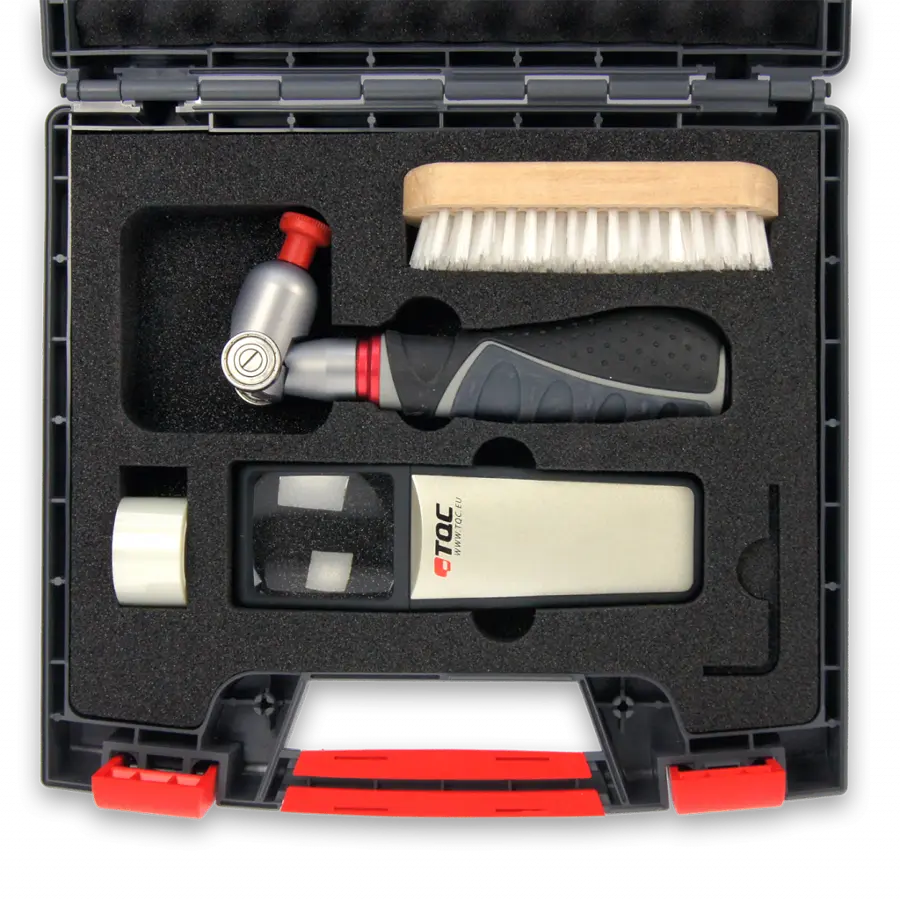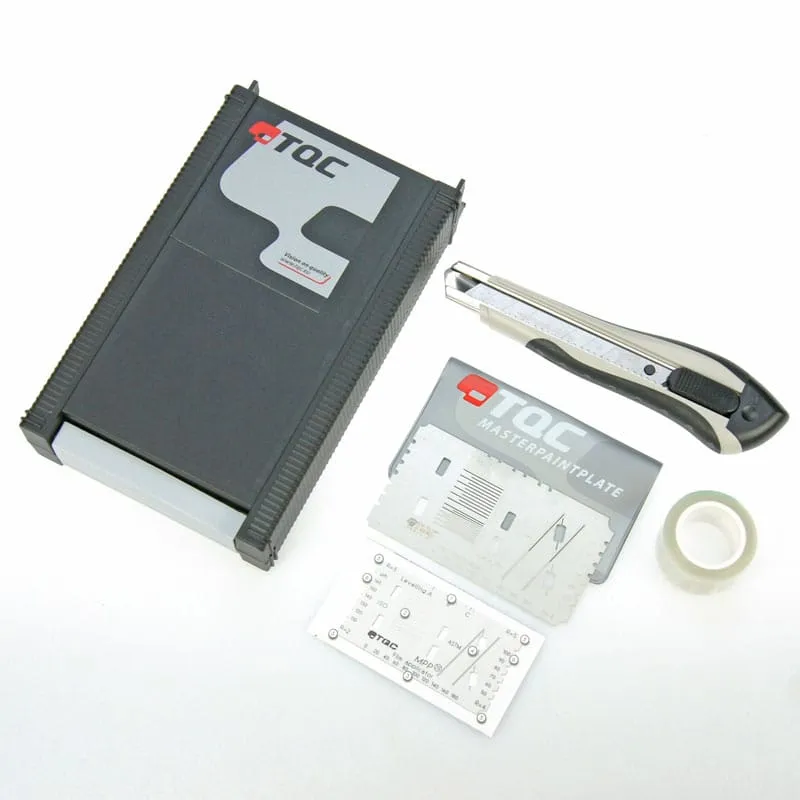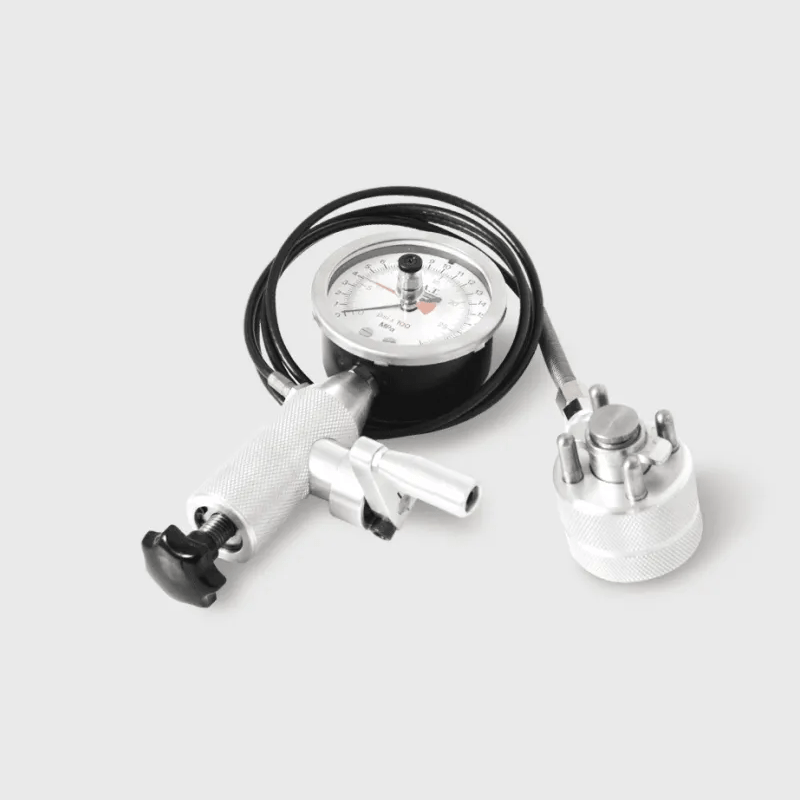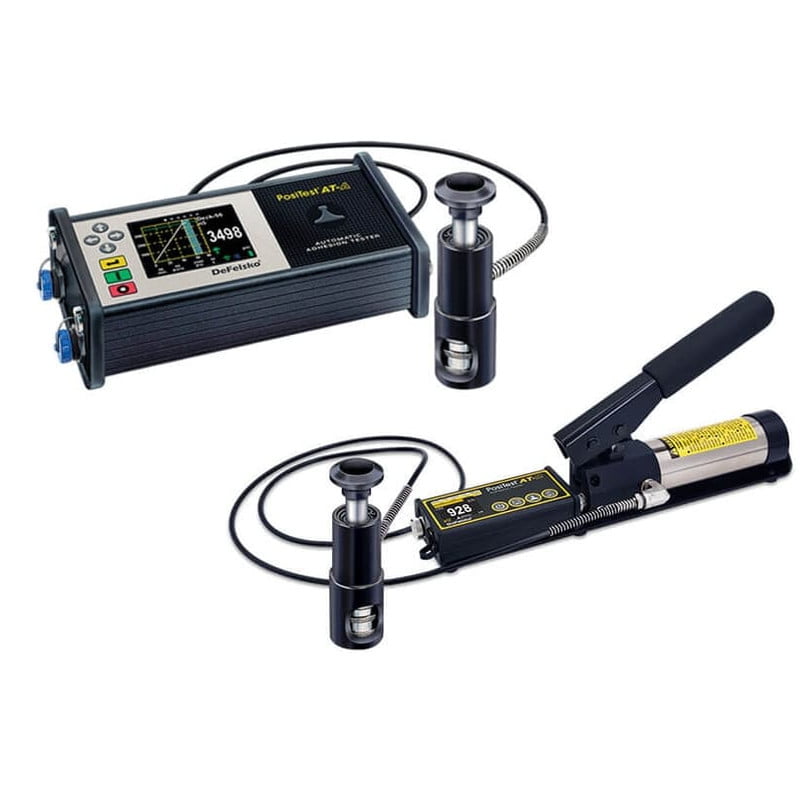Partner
Adhesion measuring devices from
TQC Sheen

Adhesion / adhesive strength
Cross-cut and cross-cut adhesion tests
A cross-cut adhesion test is a method of determining the resistance of coatings to delamination from substrates. It is usually performed with a handheld device that allows the user to cut a grid pattern into the coatings to the point where the device meets the substrate. The user can then observe the properties of the coating to see how well it adheres to the substrate after cutting.
A cut pattern with no peeling or minimal disturbance of the colour or coating indicates that it is adhered to the substrate. The inspector can then apply and remove a pressure sensitive tape over the cuts to measure the extent of separation from the substrate.
ASTM standards for a cross-cut adhesion test
The ATSM standard for cross-cut adhesion testing is ASTM D3359. This is the standard test definition for evaluating adhesion by the tape test when testing films on metallic surfaces. Due to the grid-like cuts made in the films being tested, the test is sometimes referred to as a cross-hatch test.
There are two methods:
Method A, in which a lattice pattern is used, and
Method B, in which the cross-cut pattern is used.
TQC Cross-cut adhesion tester KIT CC1000
The ideal cross-cut tool for frequent users and for tests on hard surfaces such as metal.
TQC Cross-cut adhesion tester KIT CC2000
Frequently used and standardised instrument for testing the adhesion of dry coatings to their substrate.
TQC Cross-cut adhesion tester KIT CC3000
The CC3000 cross-cut adhesion test kit is a portable cross-cut tester designed to provide consistently accurate results from one user to the next.
Knife tests
In this simple test, the coating is scratched with a utility knife. It determines whether the adhesion of a coating to a substrate or to another coating (in the case of multi-layer systems) is generally sufficient. The performance is based on both the degree of difficulty in removing the coating from the substrate and the size of the coating removed.
Using the knife and the cutting guide, an X-cut is made through the coating down to the substrate. At the apex, the tip of the knife is used to lift the coating from the substrate or from the coating underneath.
This is a very subjective test, the value of which depends on the experience of the tester. A coating that has a high level of cohesive strength may appear to have poorer adhesion than a coating that is brittle and therefore breaks easily when tested. There is no known correlation to other adhesion tests (peel test, tape, etc.).
A standard method for the application and performance of this test is available in ASTM D6677-Standard Test Method for Evaluating Adhesion by Knife.
Master Colour Plate Multitester Kit SP3000
The Master Paint Plate Multitester SP3000 is a durable and portable cross-cut test kit, made of stainless steel and equipped with a viscosity indicator and a wet film applicator.
HPK SP3100 adhesion test kit
The TQC Adhesion Test Kit HPK determines the adhesion of new and old paint coats to wood and wood-like materials.
Pull-off adhesion tests
A more quantitative test of adhesion is the peel test, in which a loading device, usually called a dolly or stub, is attached to a coating with an adhesive.
Using a tensile strength tester, an increasing load is applied until the dolly is pulled off. The force required to pull the dolly off, or the force the dolly can withstand, gives the tensile strength in pounds per square inch (psi) or megapascals (MPa).
Pat mobile phone peel-off tester
The TQC Pat Handy adhesion tester is a manually operated, lightweight hydraulic peel adhesion tester.






